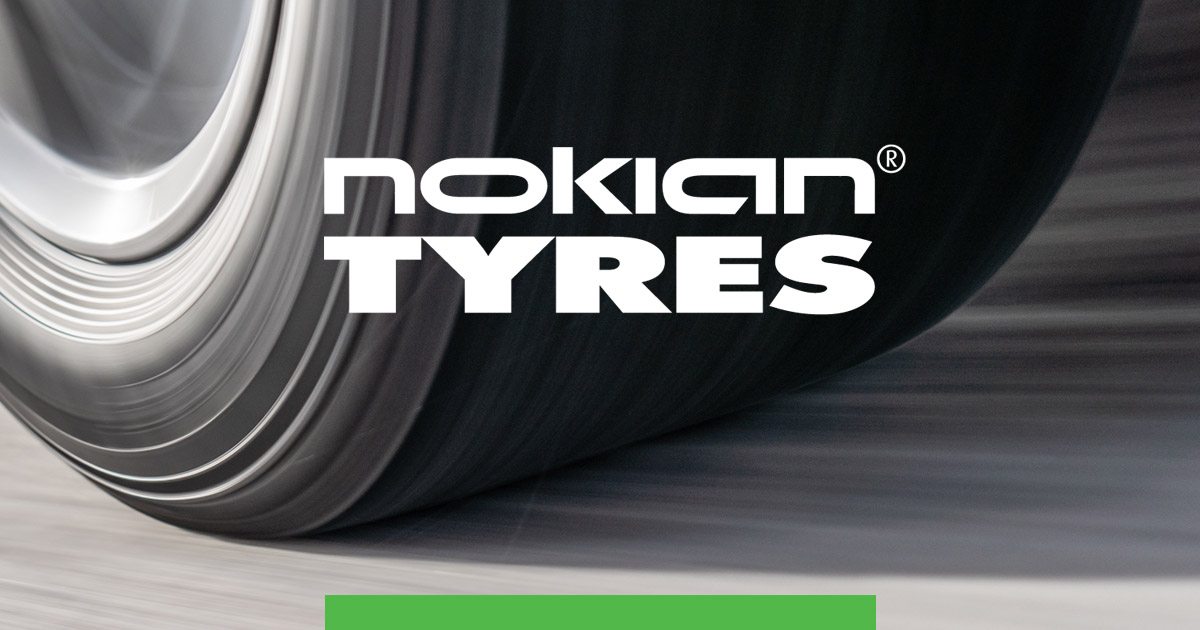+
About ten years ago we had an incredible cold snap here, it was the type when the temperature map was getting white tints instead of the purple,, bitter cold.
Then mother nature throws a curve ball and forces some moist air and we get an ice storm, because the asphalt and concrete are extremely cold ice formed on everything.
Working on something with my back door I slipped and my head smashed into a glass section on the door and my head partially went through. If I hadn't had a hat on, I may have lost and eye or worse.
Bloods poring from my forehead, just pouring,, thought ,'I have to get to the emergency room' panic starts to set in just a bit.
Decided to drive to the emergency room which is 25 minute drive on a clear summer day, NOT at night during an ice storm.
Fell three times trying to walk up to my Jeep.
Understand it's rather hilly where I live so to even attempt driving was slightly nuts.
Turned my brain off and drove my 4wd jeep the the emergency room, it was crowded with people who fell ect..
Get patched up and I leave, still misting and drizzling rain so conditions are now even worse.
Driving home was beyond sketchy, I couldn't use my brakes at all or I would've slid off the road = downshifted to slow the Jeep
I get home and park at my neighbors because my driveway is more like a parking area and it's on a slope,, no way was I going to try to drive into that. after parking, I closed my door and the Jeep starts sliding sideways downhill, holy phxxx!1! near heart attack yet again.
The Jeep stops slinging & I make my way back to my house. Once inside, I shake my head in disbelief in the last 4 hours.
If I hadn't had a heavy 4wd, with the soft Michelins I was running at the time, there is absolutely no chance the night went as is did.
{This may sound like a Michelin ad, but it's not,, running Continentals at the moment}
******** do NOT consider doing any of what I just typed out, period!
How I didn't end up in a ditch, at night during an icestorm is one of life's greatest mysteries for me.


